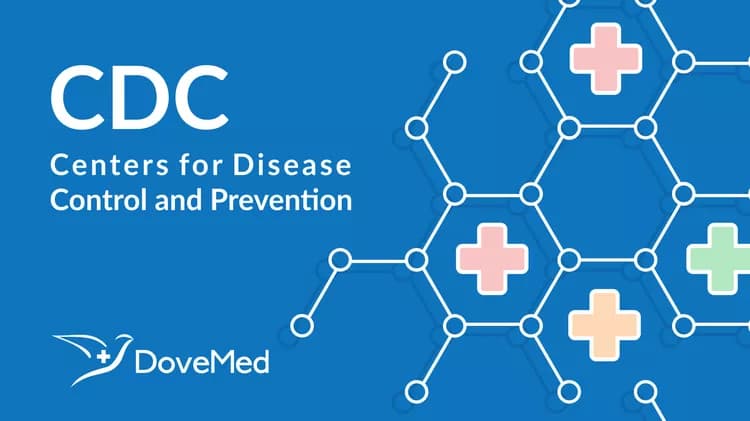
Children Eating More Fruit, But Fruit And Vegetable Intake Still Too Low
Children eating more fruit, but fruit and vegetable intake still too low
Childcare and schools can help children meet daily recommendations
Children, ages 2-18, are eating more fruits, but not more vegetables.
Entire Infographic
U.S. children aged 2-18 years are eating more whole fruit, according to the latest Vital Signs report by the Centers for Disease Control and Prevention. The amount of whole fruit consumed each day increased by 67 percent from 2003 to 2010, but is still low. Vegetable intake was also low and remained unchanged during the same time period.
From 2003-2010, the amount of fruit juice children drank decreased by about 30 percent, and whole fruit replaced fruit juice as the main contributor of fruit to children’s diets. Experts recommend that the majority of fruit come from whole fruit, rather than juice.
Despite this progress in fruit intake, children still fail to meet recommendations for the amount of both fruit and vegetables they should eat daily. Sixty percent of children did not eat enough fruit to meet daily recommendations in 2007-2010, and 93 percent of children didn’t eat enough vegetables. Recommendations for the amount of fruit and vegetables children should eat are based on a child’s age, gender and level of physical activity. Recommendations range from 1-2 cups for fruit and 1-3 cups for vegetables.
“It’s great to learn that our children are eating more fruit and drinking less juice,” said CDC Principal Deputy Director Ileana Arias, Ph.D. “Still, the amount of fruit and vegetables they eat is too low. National efforts like Let’s Move! and the updated school nutrition standards are working to help children eat more fruits and vegetables. We must continue to build upon these efforts to help ensure that children have every opportunity for healthy eating everywhere.”
Children ate about a quarter of a cup (0.24 cups) of whole fruit for every 1000 calories in 2003-2004. By 2009-2010 they ate just under a half of a cup (0.40 cups) of whole fruit for every 1000 calories. Encouraging children to eat more fruits and vegetables is a national health priority because fruits and vegetables provide important nutrients and childhood dietary patterns are associated with food patterns later in life.
About 60 million U.S. children spend a significant amount of their day in schools or childcare (centers and homes, Head Start programs, preschool, and pre-kindergarten), so these places can have an impact on children’s health and their lifelong food choices. In addition to meeting or exceeding federal nutrition standards for meals and snacks, to help increase the amount of fruits and vegetables children eat, childcare, schools and school districts can consider:
Including fruits and vegetables whenever food is offered;
Training staff to make fruits and vegetables more appealing and accessible; and
Providing nutrition education and hands-on learning opportunities, such as growing, tasting, and preparing fruits and vegetables.
“Schools are essential to early exposure to good nutrition and provide a blueprint for healthy eating that can last a lifetime,” said USDA Under Secretary for Food, Nutrition and Consumer Services Kevin Concannon. “USDA is focused on improving childhood nutrition and empowering schools with the tools they need to continue to meet our improved meal standards. Good nutrition and a healthy lifestyle are critical contributors to a child’s overall success and to the readiness to learn the curriculum that our schools teach every day.”
For this Vital Signs report, CDC used National Health and Nutrition Examination Survey data to determine the amount of fruit and vegetables children ate over a 24-hour period and whether this amount changed from 2003 to 2010.
For more information about healthier food environments in childcare and schools, visit CDC’s Division of Nutrition, Physical Activity and Obesity’s community strategies and CDC’s School Health Branch’s Guidelines to Promote Healthy Eating and Physical Activity.
Vital Signs is a CDC report that appears on the first Tuesday of the month as part of the CDC journal Morbidity and Mortality Weekly Report, or MMWR. The report provides the latest data and information on key health indicators. These are cancer prevention, obesity, tobacco use, motor vehicle passenger safety, prescription drug overdose, HIV/AIDS, alcohol use, health care-associated infections, cardiovascular health, teen pregnancy, food safety and developmental disabilities.
###
U.S. DEPARTMENT OF HEALTH AND HUMAN SERVICES
Related Articles
Test Your Knowledge
Asked by users
Related Centers
Related Specialties
Related Physicians
Related Procedures
Related Resources
Join DoveHubs
and connect with fellow professionals

0 Comments
Please log in to post a comment.